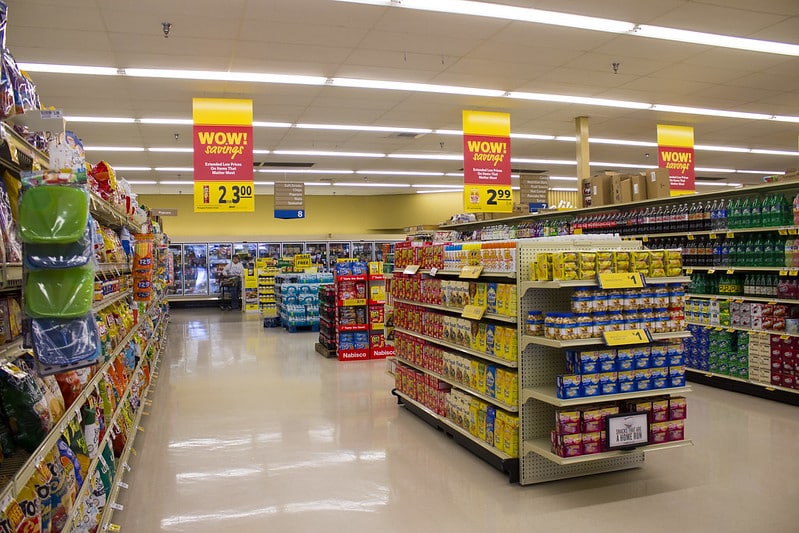We all know grocery prices are a lot higher than they used to be. But we don’t necessarily agree on who’s to blame. Is the manufacturers who kept raising prices long after the Covid pandemic eased? Or is it the retailers that raised their own prices in order to rake in record profits of their own?
A new survey finds most shoppers blame someone else – the government.
The Feedback Group surveyed grocery shoppers across the country to find out how they’re coping with inflation, and why they think it’s such a lingering problem. When asked who they think is responsible for higher grocery prices, shoppers’ top answer was “government policies and actions.” Product manufacturers and suppliers were named next. Grocery retailers got off relatively easy – they were fourth on the list, behind “wars and worldwide political conflicts.”
The Feedback Group’s Chief Listening Officer Doug Madenberg attributed the top answer to our current “politically charged environment,” but said the full results show there are many potential causes to consider. “What emerges is a picture of multiple factors that the average consumer navigates, all contributing in various degrees to the price tag they face at the checkout,” he said in a statement.
While retailers may not get the lion’s share of the blame, they’re not completely blameless. Grocery stores generally get low marks when it comes to being transparent about inflation. Only 40% of survey respondents said they believe their primary grocery store “is on my side when it comes to inflation,” and just 34% agree that their primary store “is good at communicating why product prices have risen in the past few years.”
“Clearly shoppers believe supermarkets could do more in terms of supporting them when it comes to fighting inflation, Feedback Group Principal Brian Numainville said in a statement.
The good news, according to the latest figures from the Bureau of Labor Statistics, is that prices appear to be leveling off. The cost of groceries remained the same from February to March this year, and prices are up just 1.2% from this time last year. The bad news is that these higher prices are unlikely to actually go down. Since the pandemic began more than four years ago, the cost of groceries has soared by 25%, and we’re all still feeling the pinch.
Shoppers in The Feedback Group’s survey are increasingly likely to adopt a number of money-saving strategies. 65% say they’re buying more items on sale, and 61% are eating at home more often than at restaurants. About half are buying more store brands, fewer impulse items, and using their store’s weekly sales circular to plan their shopping list. Roughly a third are changing where they shop, either by switching to lower-priced stores or shopping around for the best deals.
While inflation-weary shoppers are directing their ire at the government, the government is pointing the finger at retailers and manufacturers. The Federal Trade Commission released a report last month about the impact of the pandemic on grocery prices. Its conclusion was that “large market participants accelerated and distorted the negative effects associated with supply chain disruptions,” and “used rising costs as an opportunity to further hike prices to increase their profits.”
The typical profit margin for grocery stores is much smaller than most people think. The Feedback Group says it generally ranges from 1% up to 3%. But last year, the FTC report said “retailer profits rose even more, with revenue reaching 7% over total costs.” This, the report alleged, “casts doubt on assertions that rising prices at the grocery store are simply moving in lockstep with retailers’ own rising costs.”
When asked how much profit they think grocery stores actually make, though, shoppers in The Feedback Group’s survey guessed 31% – a huge figure compared to what they actually take in. That perception gap is small comfort, though, considering retailers and manufacturers alike are making record profits, regardless of what the precise percentage is.
So the bottom line is, there appears to be a lot of blame to go around when it comes to higher grocery prices – some factors are out of anyone’s control, while some may be due more to a desire for profits over transparency. Inflation may be easing, but hard feelings about who’s really responsible for your inflated grocery bill, are likely to linger for some time to come.
Image source: Virginia Retail
















